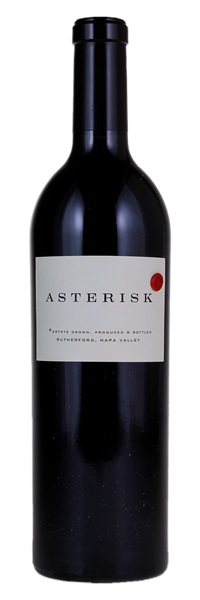Removed from a temperature and humidity controlled wine storage unit; Purchased direct from winery
Light label condition issue
Removed from a temperature and humidity controlled wine storage unit; Purchased direct from winery
Light label condition issue
Removed from a temperature and humidity controlled wine storage unit

Image above is an example. To view the image of the lot, click the item number.
Estimate
Plum with some mushroom, bark and cedar on the nose, following through to a medium to full body with polished, firm tannins and a delicious, juicy finish.
...nose of crème de cassis, mulberries, brambly herbs, chocolate, and toasted spices. Fruit-forward and charming...ample mid-palate depth, ripe tannins, and beautiful balance.
...notes of baked plums, blackberry compote and red currant jelly with hints of potpourri, oolong tea, tapenade and truffles. The medium-bodied palate offers mouth-coating black and red fruit preserves with a velvety texture and lovely freshness, finishing on a lingering fragrant earth note.
...soft, easygoing wine...terrific balance...has more of a red-toned fruit profile that matches its mid-weight feel quite nicely.